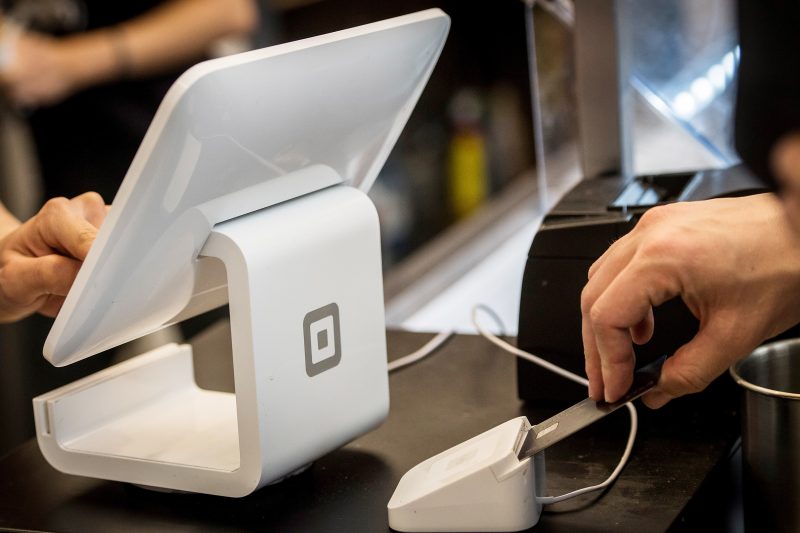
The rise in credit card debt is due, in part, to a combination of lower consumer spending and increased borrowing. The coronavirus pandemic caused a massive economic downturn that led to fewer spending opportunities for consumers, with many businesses being forced to close. At the same time, the stimulus packages from the federal and state governments led to an increase in borrowing.
This was compounded by the Federal Reserve’s reduction in interest rates, and many Americans took advantage of the low-interest environment to take on additional debt or refinance existing debt balances. The increased borrowing meant that consumers had higher credit card balances, leading to the record highs seen in the third quarter.
Along with these factors, lenders have also been willing to approve more consumers for credit cards, and many of these cards come with higher limits. This has allowed consumers to take on larger balances that could potentially be difficult to pay off.
Overall, the rise in credit card debt in the third quarter of 2020 shows that Americans are still facing economic uncertainty, and are often struggling to pay off their existing debts while also trying to meet their essential needs.




